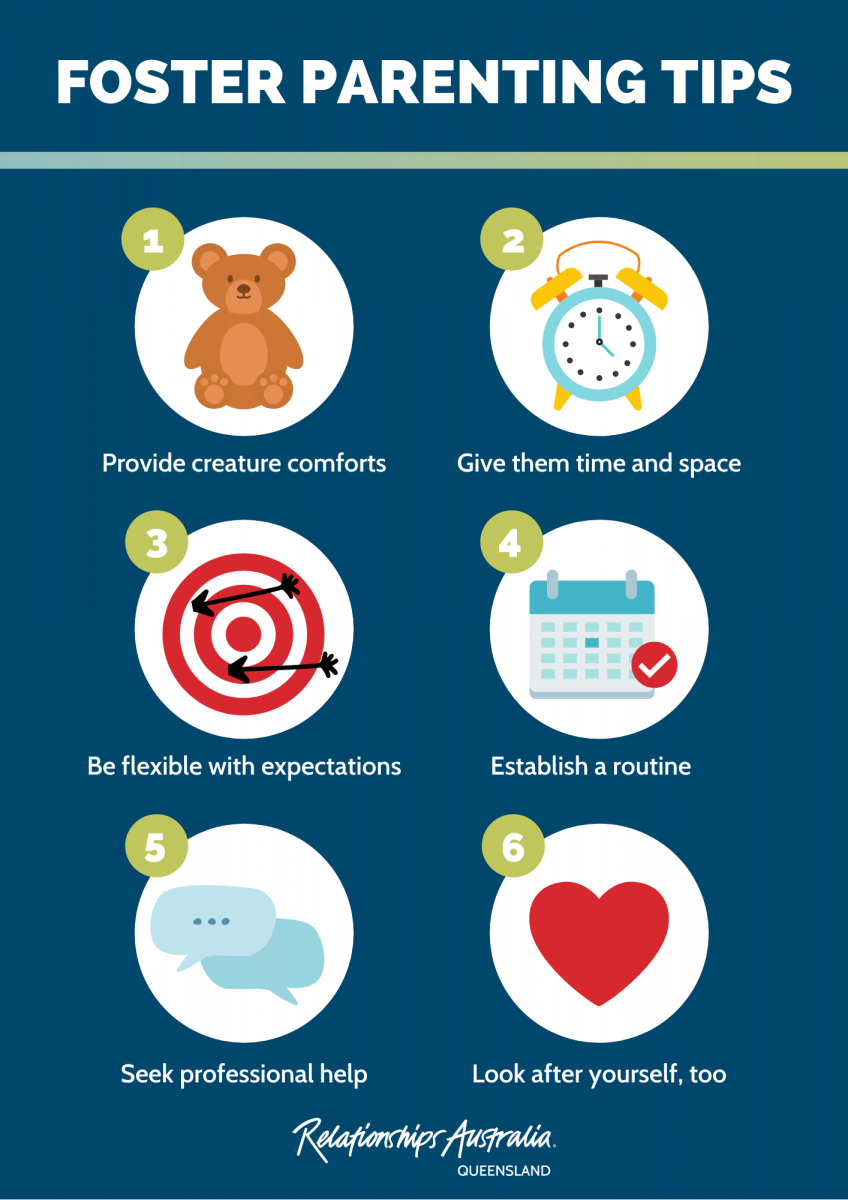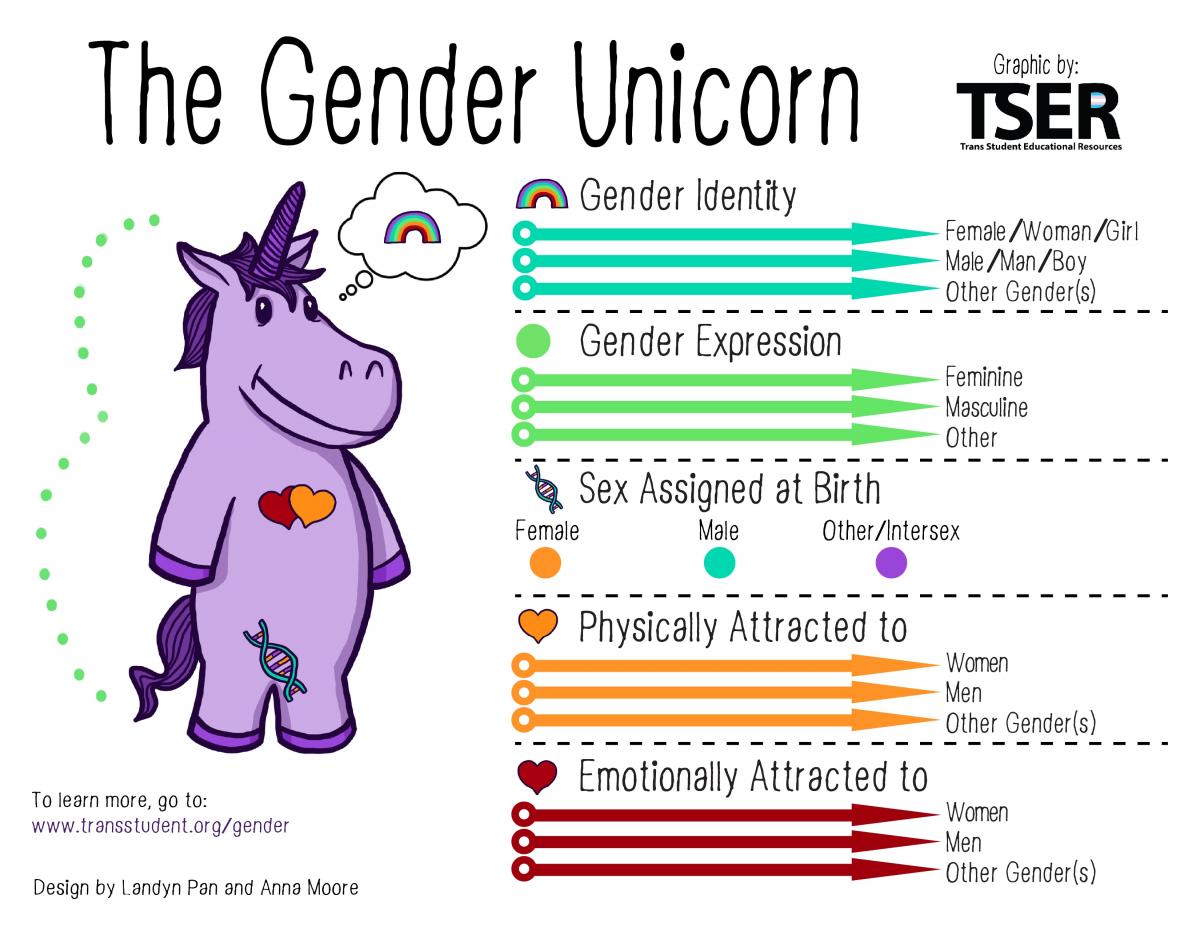‘The birds and the bees’ is something we all learn about eventually, and it’s generally best that it comes from a parent or guardian. Learning about sex from the media and peers alone can leave kids and teens at risk of developing inaccurate and problematic beliefs and behaviours.
Teaching your kids about sex can help keep them informed, healthy, and safe. But how do you have the ‘sex talk’ with your teenager in a way that’s constructive and comfortable for everyone?
We hope this advice helps make that tricky conversation a little easier.
Find the right time
Give your teen a heads up that you’d like to have a chat about sex. This can give them time to prepare themselves and think of any questions they might have.
Sit them down in a private and comfortable environment, such as their bedroom or your living room. Ideally, find a time when they’re not distracted by looming exams or other stressful events.
If you’d prefer a more ‘organic’ way to discuss the subject, you might like to casually raise it with your teenager following a relevant event such as a family pregnancy, movie, song, or ad. These everyday moments can be the perfect springboard for the discussion.
Share the basic facts
You don’t have to be an expert, but you should know and share the basic facts about sex that can help keep your teen safe.
Some of these include:
- What sex is and what behaviours can lead to pregnancy and sexually transmitted diseases (STDs)
- Contraception such as condoms and birth control
- Consent and boundaries, including how to give and respectfully receive a ‘no’
- The social and legal risks of sexting and sending explicit images
- Healthy vs. unhealthy romantic relationships
- Questioning their sexuality.
Remember not to assume your teenager is heterosexual, and explain that STDs can be transmitted in same-sex encounters, too.
Read our article How to Support a Child Who is Questioning Their Gender or Sexuality for tips to support your child while they’re figuring out who they are.
Discuss your expectations
Be clear about your expectations. You can limit the time your teen spends with their peers without an adult around, ask them where they’re going and where they’ve been, give them a curfew, and have an ‘open bedroom door’ policy in your home. If they’re dating, get to know their partner’s parents and discuss your expectations with them, too.
Keep communication open with your teen and develop trust so they’ll be more likely to open up to you in future.
Encourage questions
Ask your teen if they have any questions or need further clarification around anything. Let them know you’re there for them if they ever want to talk about sex and relationships.
If they ask you something you don’t know the answer to, be honest. Tell them you’re not sure and do some research before getting back to them with accurate information.
Share some resources
Your teen might have some questions they’d rather explore on their own. Luckily, the internet is filled with great educational resources and answers at the touch of a button. But it can help to direct them to some credible resources where they can find trustworthy information when they need it.
Some helpful websites include:






